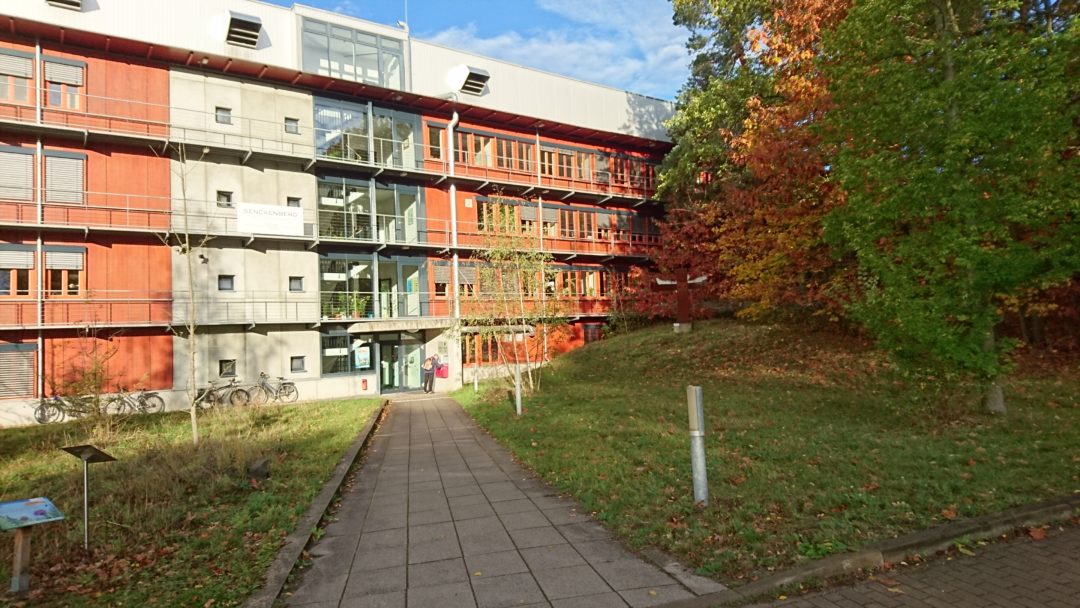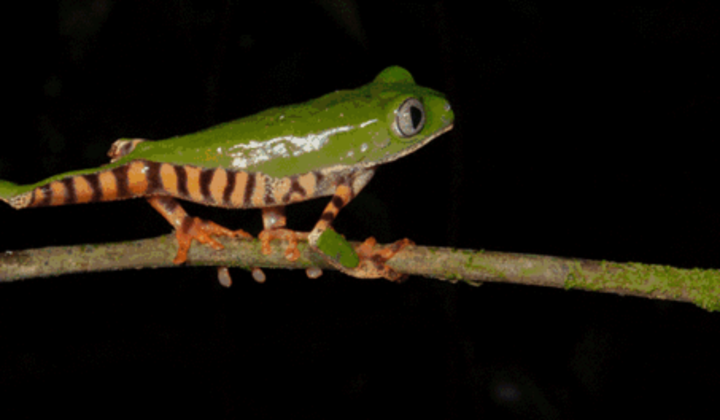Senckenberg Natural History Collections
Dresden
Since January 1, 2009 the group formerly known as the State Natural History Collections of Dresden has been a member of the Senckenberg – Leibniz Institution for Biodiversity and Earth System Research, together with the Zoology Museum and the Museum for Mineralogy and Geology. Under the new title “Senckenberg Natural History Collections of Dresden”, the institution is an official member of the Leibniz Society.A.-B.-Meyer Bau Senckenberg Dresden
The roots of the Dresden Natural History Collections extend back into the 16th century, when natural specimens were already being assembled within the art collection of the Saxon electorate. The oldest items were mentioned as early as 1587 in the first catalogue of the collection in the electoral court of Saxony. The actual year in which a natural-history museum was founded is often said to be 1728, when the famous Saxon-Polish elector-king Augustus the Strong stored his collection of natural specimens separately from his art objects. The fact that Augustus the Strong chose for this purpose the most modern and beautiful property in Dresden, the Zwinger Palace, shows how important he considered these specimens to be.
The Senckenberg Natural History Collections of Dresden, with the museums for mineralogy and geology and for zoology, are the oldest natural-science museums in the world.
Today these institutions benefit from the enormous size of their collections and from their up-to-date technical equipment, which enables first-class, highest quality research in the geological as well as zoological sciences.






